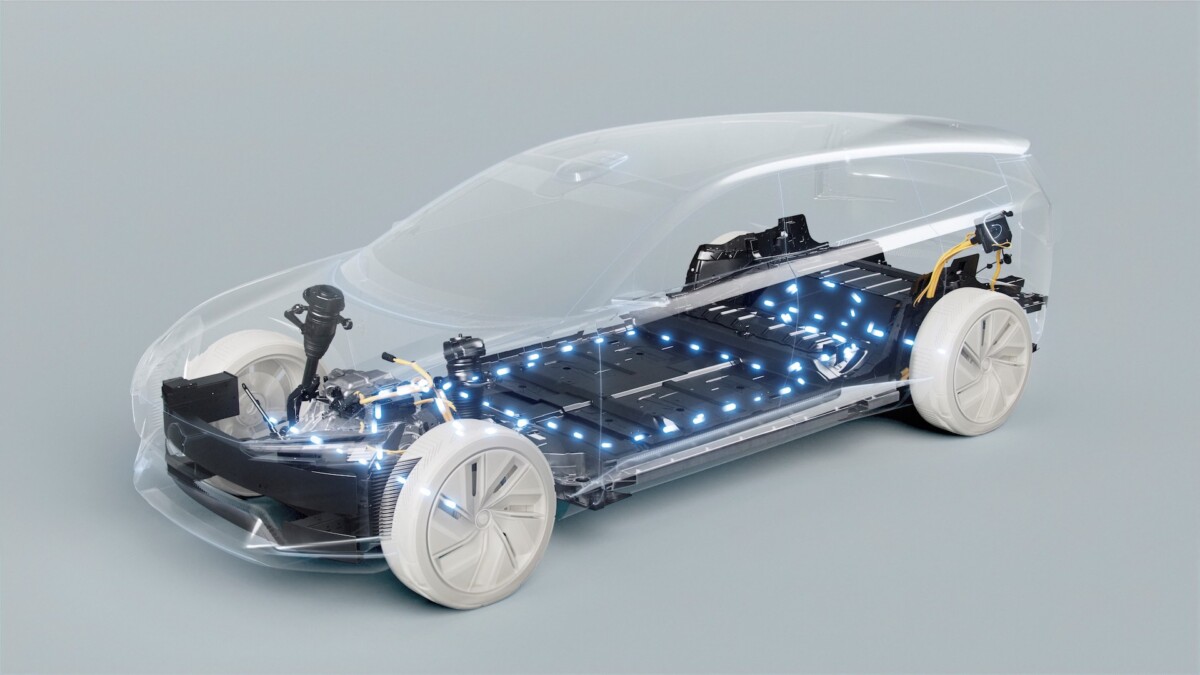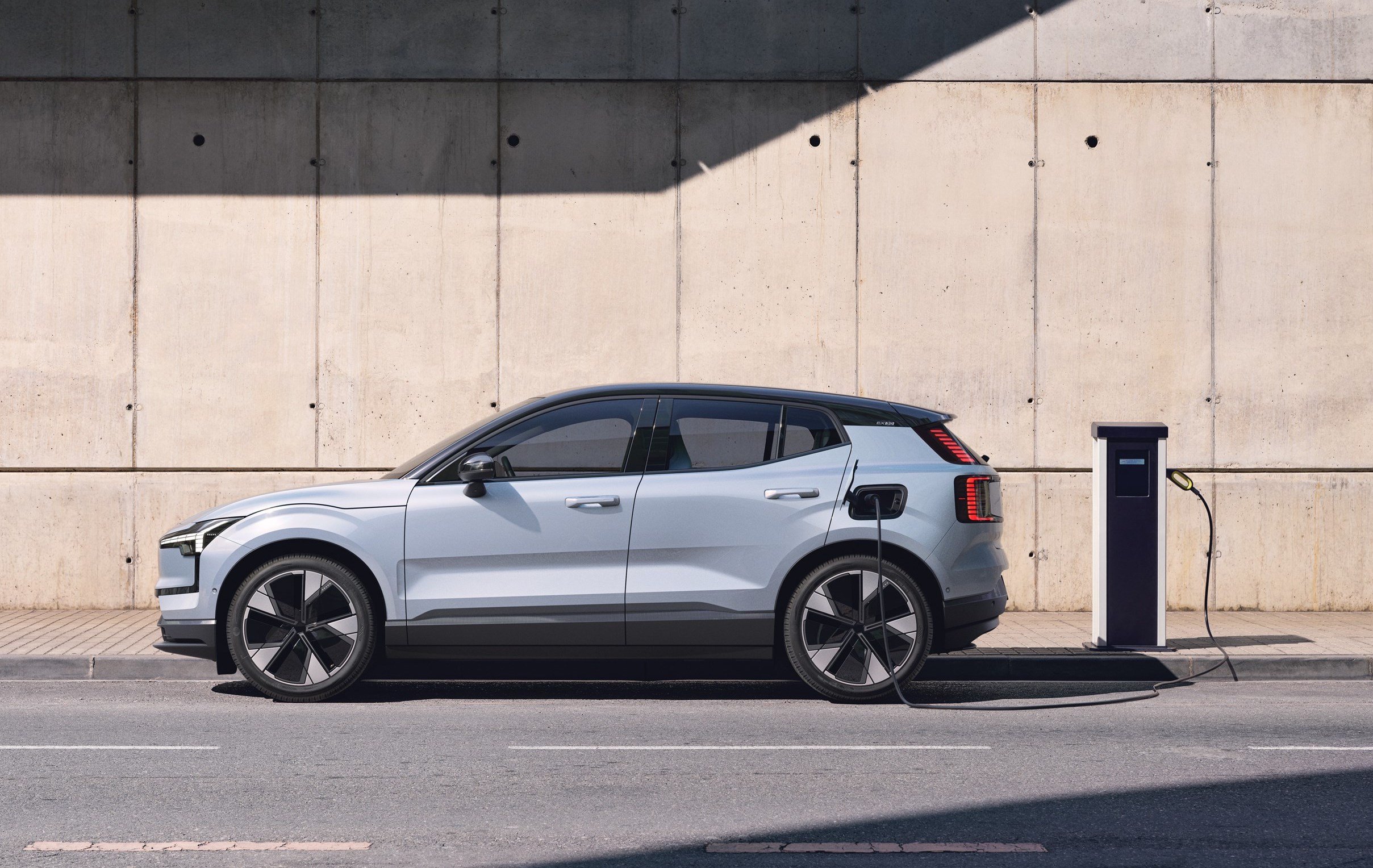Volvo formalized its new electric car, the Volvo EX30 a few weeks ago. This is the cheapest car from the Sino-Swedish brand. But, reading its technical sheet reveals a curiosity: the car recharges faster in Europe… than in China or the United States. We inquired, and we explain to you the reasons for this situation.
The Volvo EX30 has been talked about a lot. It must be said that with a starting price set at 37,500 euros and a rather complete equipment for this price, the new electric car from Volvo is very interesting. We have also compared it to many competitors, and it often offers a better quality / price ratio. One of its strengths is its fast charging, just over 25 minutes to go from 10 to 80% battery on a fast terminal.
To be more specific, the Volvo EX30 is available with two different battery sizes: 49 kWh (LFP technology), with a maximum range of 344 kmAnd 64 kWh (NCA technology), with a maximum range of 480 km. All this, on the mixed WLTP homologation cycle.
26 or 28 minutes to recharge?
The “small” battery recharges in 26 minutes, according to data announced by Volvo in a technical sheet available on the Internet, at a maximum power of 134 kW. The “big” battery, on the other hand, is recharged by 26.5 minutes in Europe compared to 28 minutes in the rest of the world, especially in China and the United States. The difference is not explained by the maximum power, indicated at 153 kW in both cases.

We then contacted Volvo to find out more. The French press service of the Swedish manufacturer provided us with a very detailed answer, which fully answers the question. For all versions of the Volvo EX30, the batteries are produced by VREMT, a subsidiary of the Chinese group Geely which owns the Volvo brand. But, the cells that make up these batteries do not all come from the same supplier.
In detail, the 49 kWh battery of the Single Motor version comes from Rept, based in China. The versions with the 64 kWh battery (Single Motor Extended Range and Twin Motor Performance) use two different cell suppliers. It is CALB (world number 6) for European versions and Sunwoda (world number 10) for non-Europe versions.
Charging power? No, charging curve
And this is precisely what explains the difference in recharging speed, which goes from 26.5 minutes with the CALB against 28 minutes with the Sunwoda. Volvo confirmed to us that CALB cells provided better performance on fast charging exercise.
We do not have the technical details, but this is surely explained by the charging curve, which allows to benefit from a higher average charging power. The maximum power, meanwhile, remains similar in both cases.
This proves, once again, that the maximum power communicated by the manufacturers is not very relevant. The best indicator remains the time required to go from 10 to 80%. Some comparisons go even further, taking into account both the recharging speed and the autonomy recovered in a given time. This is what made it possible to place on the podium, the Lucid Air, Tesla Model S and Mercedes EQS as the fastest electric cars on long journeys.

But how to explain the difference, technically speaking, between these two batteries? Hard to say, but it’s a safe bet that the cell design is slightly different, limiting the average discharge rate of the non-European version. In other words, the latter may find it more difficult to maintain high charging power for as long as possibleperhaps due to a higher cooling requirement for example.
And indeed, some players are working on batteries that are much less sensitive to temperature variations. Whether it is to avoid reducing autonomy in winter, in cold weather, or on the contrary, to increase the charging power in summer in hot weather.
Do you use Google News (News in France)? You can follow your favorite media. Follow Frandroid on Google News (and Numerama).
